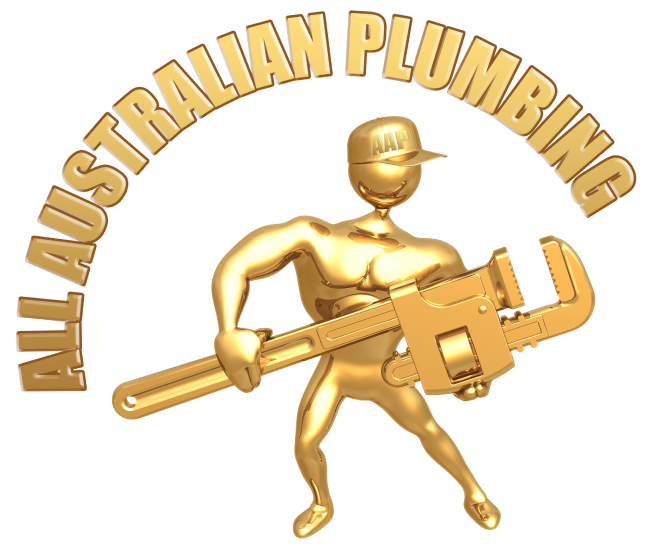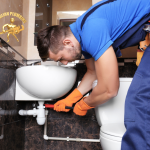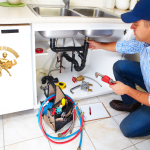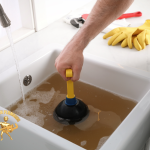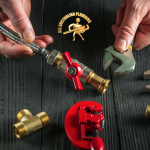When starting a gas fitting project, it’s essential to first assess your specific needs and establish clear goals. Are you looking to install new gas appliances, like a stove or heater, as part of a plumbing renovation? Or do you need to upgrade existing connections due to wear or safety concerns? Knowing your requirements helps guide the planning process and ensures the project aligns with your vision.
Scheduling an Initial Consultation
The next step is to schedule an initial consultation with a licensed gas fitter. This consultation is essential, as it involves a thorough inspection of your current gas lines and any existing plumbing issues. During this assessment, the plumber can identify any risks or factors that may impact the installation, such as outdated lines or low gas pressure. This step also allows the plumber to gather all necessary information about your space and usage requirements.
Importantly, choosing a licensed professional ensures that safety requirements are properly evaluated and met. Gas fittings involve potentially hazardous materials, so it’s crucial to have an experienced eye on the project from the beginning. A professional will help establish a safe and effective plan that meets your needs.
Choosing the Right Gas Fitting for Your Home or Business
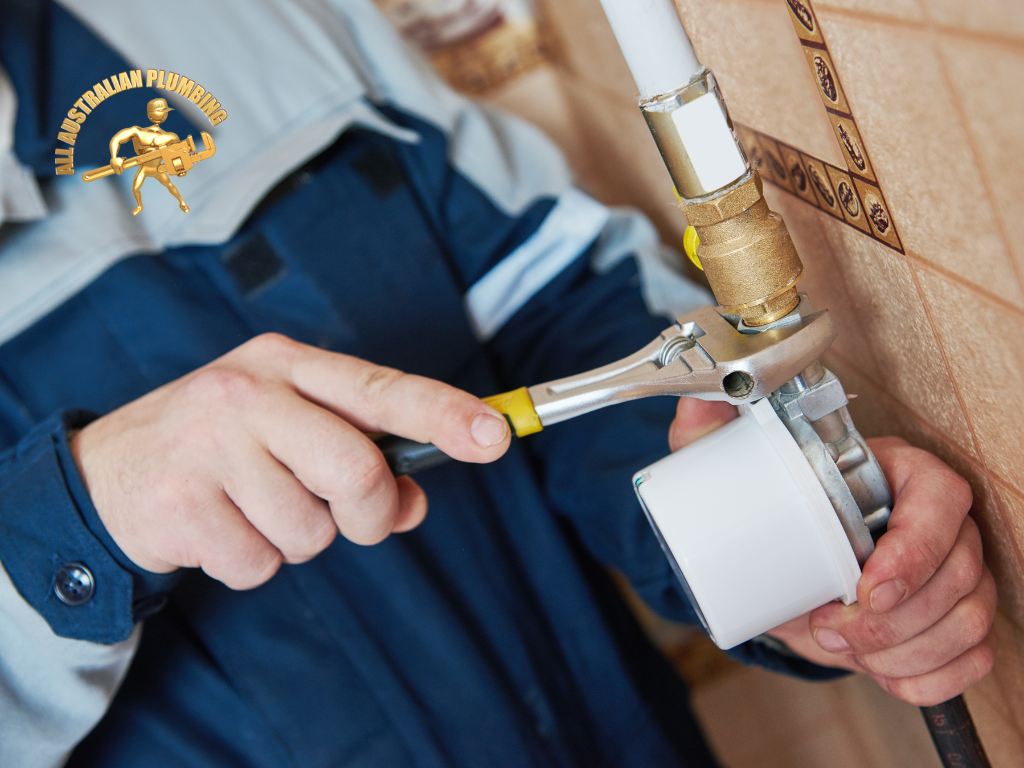
Considering Efficiency and Safety
Efficiency and safety are two key factors to consider when selecting gas fittings for your project. High-quality gas fittings enhance the performance of your appliances, using gas more efficiently and reducing waste. Choosing energy-efficient models also means lower energy bills, which can add up to significant savings over time.
Safety is equally important. Selecting materials and fittings that are built to last reduces the likelihood of leaks and other potential plumbing issues down the line. This is where a professional’s guidance can make all the difference—an experienced eastlakes plumber or plumber rosebery will ensure that you’re choosing reliable, safe components that fit your needs, giving you peace of mind.
Selecting Appliances and Fittings That Meet Your Needs
Gas fitting projects often involve installing new appliances, such as stoves, water heaters, or outdoor heaters. Choosing the right appliances and fittings is crucial for a successful installation. Each appliance has unique requirements, and your plumber will be able to advise on the best options that match your lifestyle, usage needs, and space.
By consulting with a qualified professional, you can also ensure the chosen appliances are compatible with your current gas system or are set up for any necessary upgrades. With the right guidance, you’ll end up with appliances and fittings that align perfectly with your needs and provide reliable performance over time.
Understanding the Installation Process: Step-by-Step
Initial Safety Checks and Preparation
Before any installation work begins, your plumber will conduct essential safety checks to ensure your gas fitting project goes smoothly. These checks typically involve assessing the gas pressure in your existing system and evaluating the condition of your pipelines. The plumber will also inspect for any potential hazards that might interfere with the installation, like obstructions or weak pipe connections.
Preparing the area is another important step. Your plumber will ensure the worksite is clean, clear of hazards, and ready for a seamless installation. This preparation allows the team to work efficiently and minimise any disruptions during the process.
Installing Gas Lines and Connections
The main part of the installation process is setting up new gas lines and connecting them to your appliances. The plumber will carefully install each section of piping, making any modifications needed to integrate with existing lines. Precision is essential here; each connection must be secure and compliant with safety standards.
Once the gas lines are in place, the plumber will connect them to your appliances, ensuring they are tightly fitted and leak-proof. The role of the plumber is critical in ensuring every part of the system functions properly, with each connection meeting safety and operational standards.
Ensuring Compliance with Local Codes and Regulations
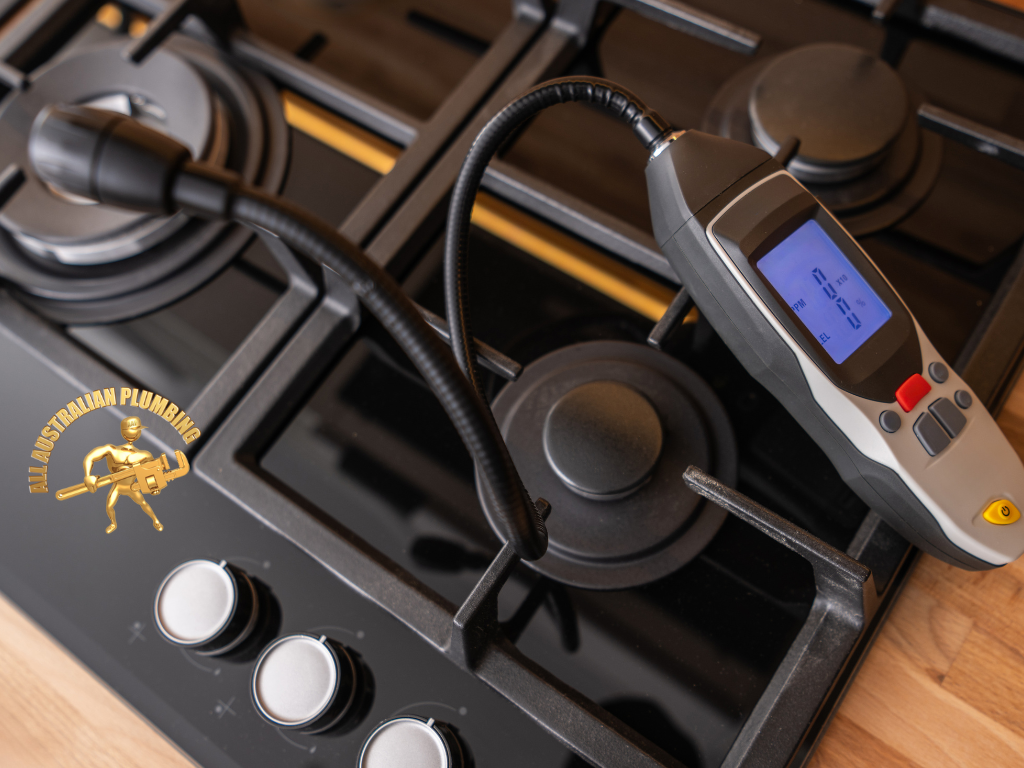
Why Compliance is Crucial for Safety
Compliance with local codes and regulations is a non-negotiable aspect of any gas fitting project. These rules are designed to ensure all gas installations are safe, reducing the risk of leaks or malfunctions. Adhering to these regulations also ensures the installation meets legal standards, protecting you from future complications.
Professional gas fitting services stay up-to-date with the latest industry standards and regulations. Hiring a licensed plumber, such as an eastlakes plumber or plumber rosebery, ensures your project complies with all relevant guidelines, offering peace of mind and helping you avoid issues down the line.
How an Experienced Plumber Manages Compliance
An experienced plumber is skilled in navigating regulatory requirements and ensuring every aspect of the gas fitting process adheres to local codes. They handle necessary permits, ensure safety guidelines are followed, and complete the installation with a thorough inspection to confirm compliance. This professional oversight is invaluable, as it helps prevent costly compliance issues in the future, protecting your property and ensuring a safe, secure gas system.
Conducting Final Safety Inspections and Testing
Pressure Testing and Leak Detection
Before completing any gas fitting installation, a final safety inspection is crucial. One of the most important steps in this inspection is pressure testing. Pressure tests help confirm that gas flows properly through the system and that all connections are secure. This test helps detect any leaks that may not be visible but could pose safety risks if left unchecked.
Additionally, the plumber uses leak detection equipment to scan the entire system, ensuring no gas escapes. This technology adds an extra layer of safety, confirming that the gas fitting installation meets the highest safety standards. These steps are essential in making sure the installation is not only functional but completely safe for use.
Addressing Any Potential Plumbing Issues Before Completion
At this stage, the plumber will also address any plumbing issues, such as blocked pipes or low water pressure, that might impact the performance of the gas system. For example, if a gas appliance requires a certain water pressure to operate, resolving low-pressure issues beforehand is key. By conducting a thorough final inspection, the plumber ensures that every aspect of your plumbing renovation is set up for long-lasting, safe use.
Tips for Maintaining Your New Gas Fitting
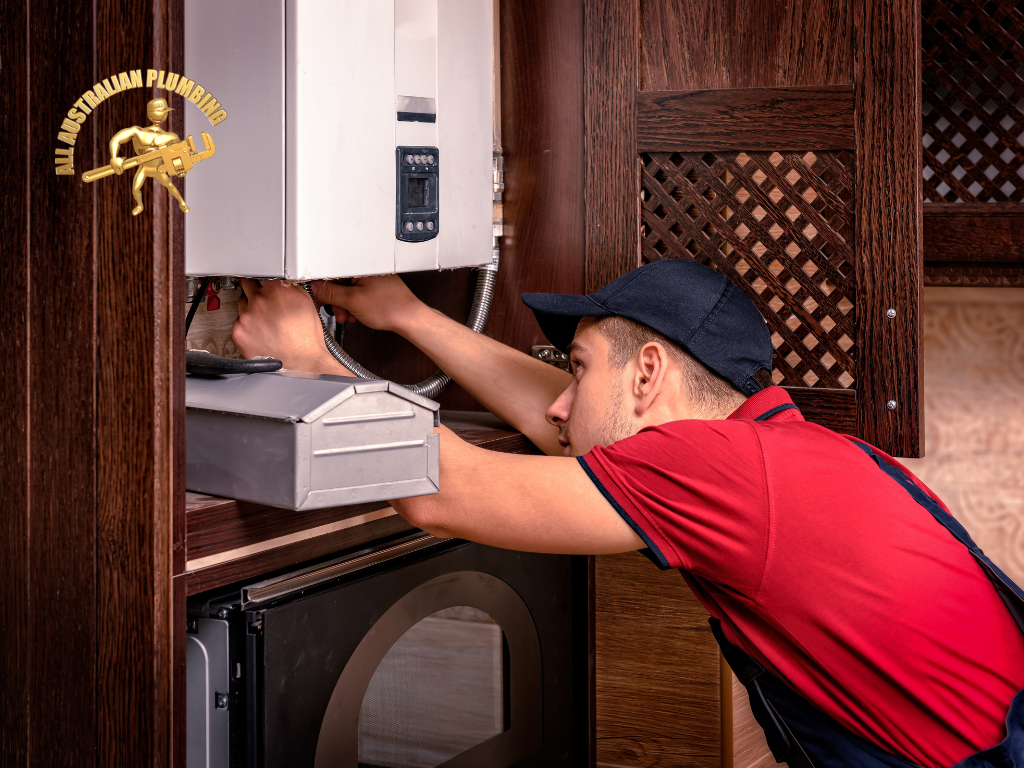
Routine Checks and Basic Maintenance
After the gas fitting installation is complete, regular maintenance is important to keep the system running smoothly. Homeowners can perform simple visual checks to look for any signs of wear, such as cracks in gas lines or corrosion around fittings. It’s also a good idea to make sure that vents are clear and there’s no dust build-up around appliances.
Small steps like these can go a long way in maintaining the integrity of your gas fittings. By spotting potential issues early, you can prevent small problems from turning into larger, costly repairs.
When to Call a Professional for Maintenance
While basic checks can be done by homeowners, it’s wise to schedule an annual inspection by a professional. A trusted plumber, such as an eastlakes plumber, can perform a detailed assessment, checking for hidden leaks, pressure inconsistencies, and any potential weak points in the system. Professional maintenance keeps your gas fittings in excellent condition, ensuring they’re safe and efficient for years to come.
Safety Guidelines for Using Gas Appliances
Best Practices for Safe Operation
Safety is a top priority when using gas appliances. Always make sure there’s enough ventilation around gas appliances, and keep flammable materials far away. Never attempt to adjust or tamper with any gas fittings or connections yourself—leave these tasks to a licensed professional. Regularly clean your appliances to avoid blockages, and follow the manufacturer’s guidelines for safe usage.
Knowing the Warning Signs of Gas Leaks
Recognising the signs of a gas leak is essential for safety. Common indicators include a strong sulfur or “rotten egg” smell, hissing sounds near gas lines, or dying vegetation around outdoor gas fittings. If you notice any of these signs, act quickly. Evacuate the area, avoid using electrical devices, and contact a licensed professional like a plumber rosebery for immediate assistance. Being aware of these signs and knowing how to respond can prevent serious safety risks.
Benefits of Hiring a Licensed Professional for Gas Fitting Installation
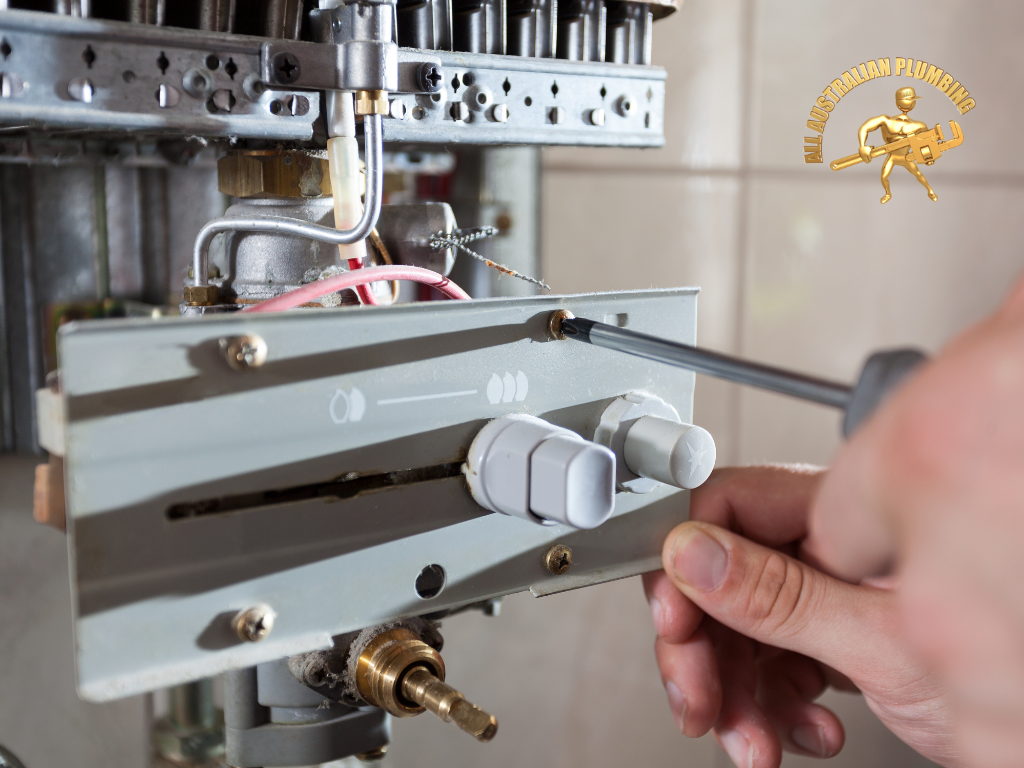
Ensuring Quality Workmanship and Peace of Mind
Hiring a licensed professional for gas fitting installation ensures you’re getting quality workmanship. Licensed plumbers follow strict safety protocols, adhering to local regulations to make sure every installation is safe and compliant. This level of professionalism gives you peace of mind, knowing the job is done correctly and that your gas system will function smoothly.
Access to Expdwaddddwert Knowledge and Support
Working with experienced plumbers also provides access to expert support for any future needs. Professionals familiar with plumbing renovation projects can advise on the best practices for maintaining your system, upgrading it, or troubleshooting any plumbing issues that arise. Their expertise covers both immediate needs and future considerations, making sure your gas fitting system is reliable in the long term.
